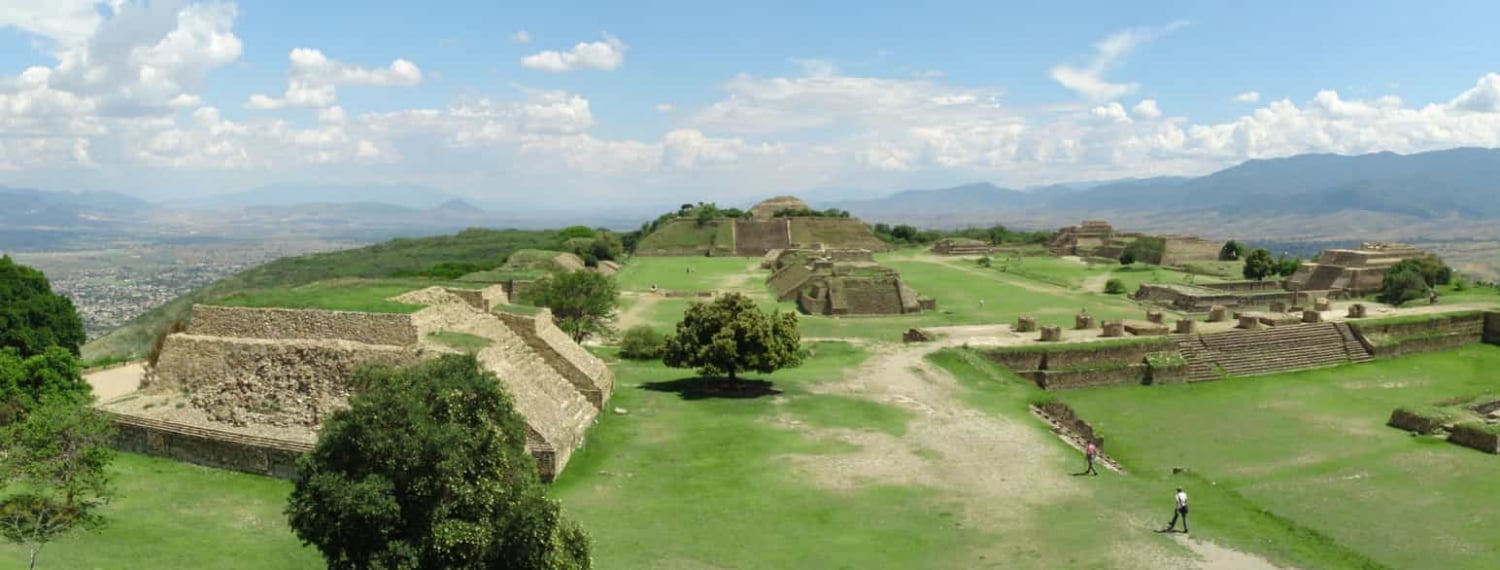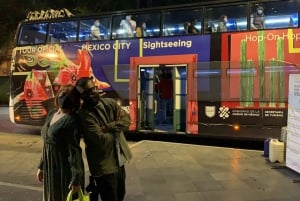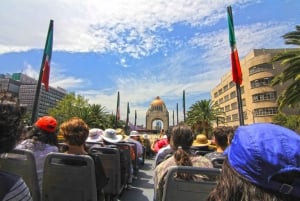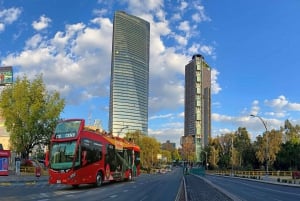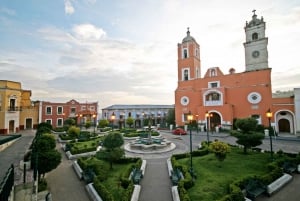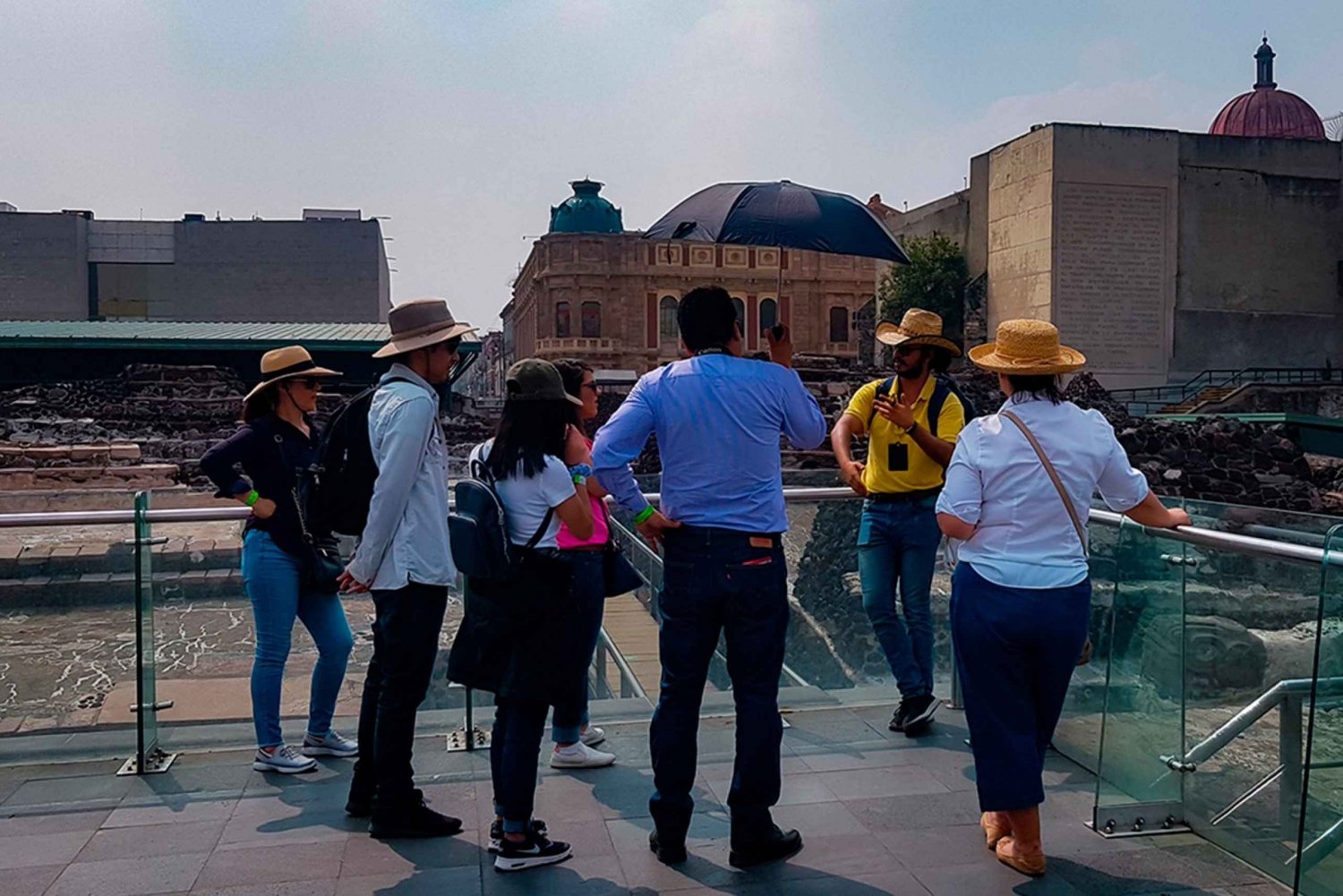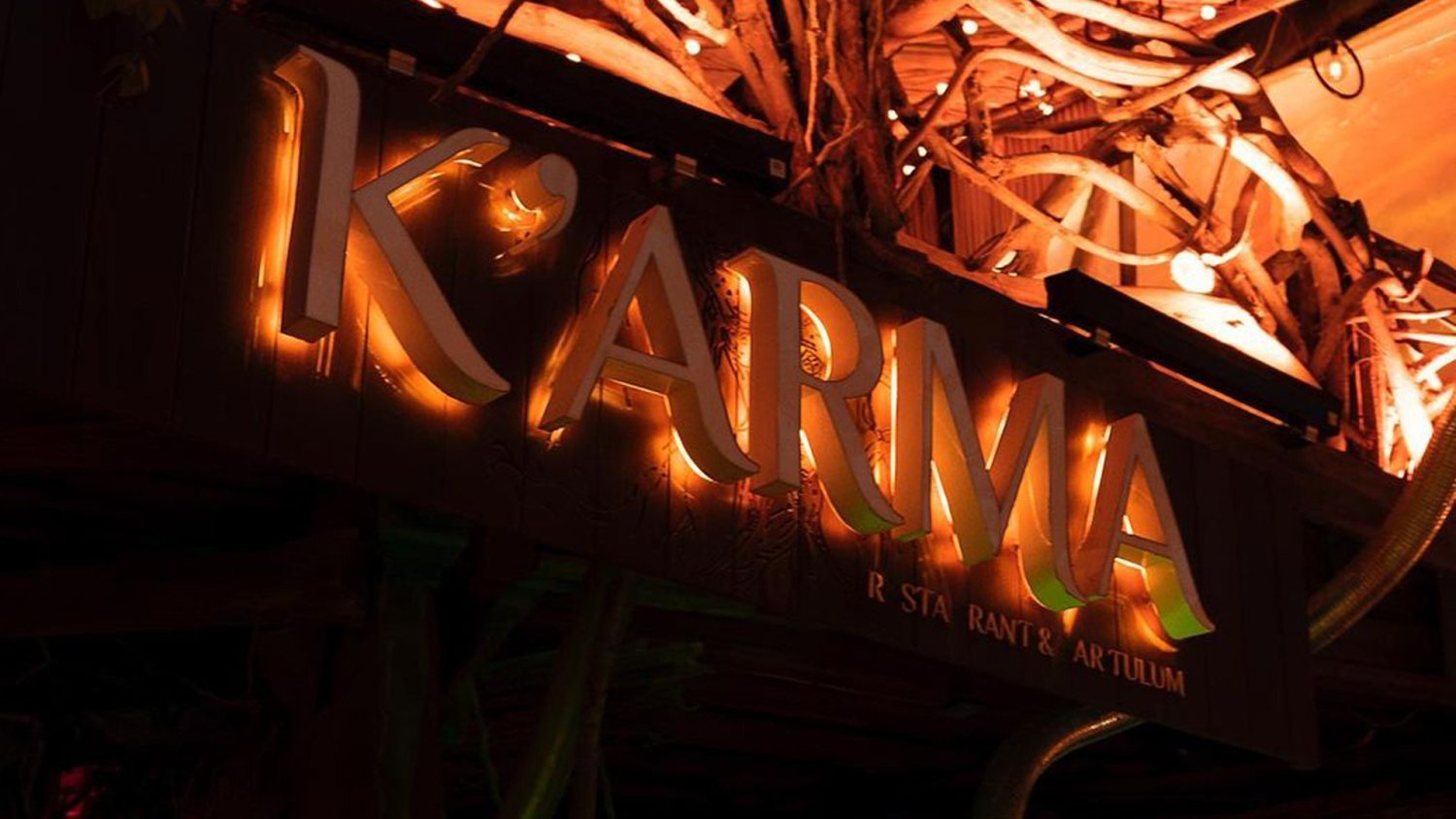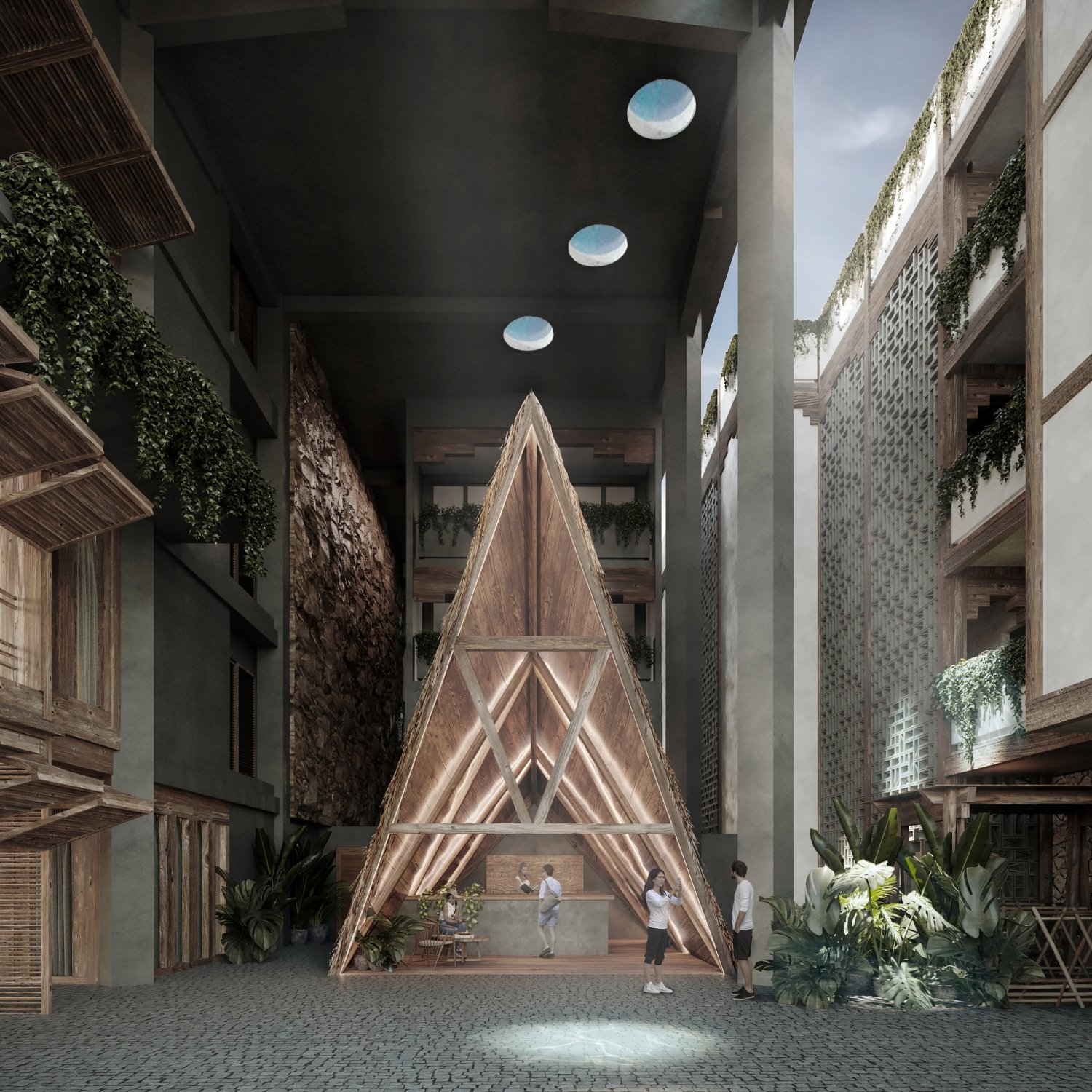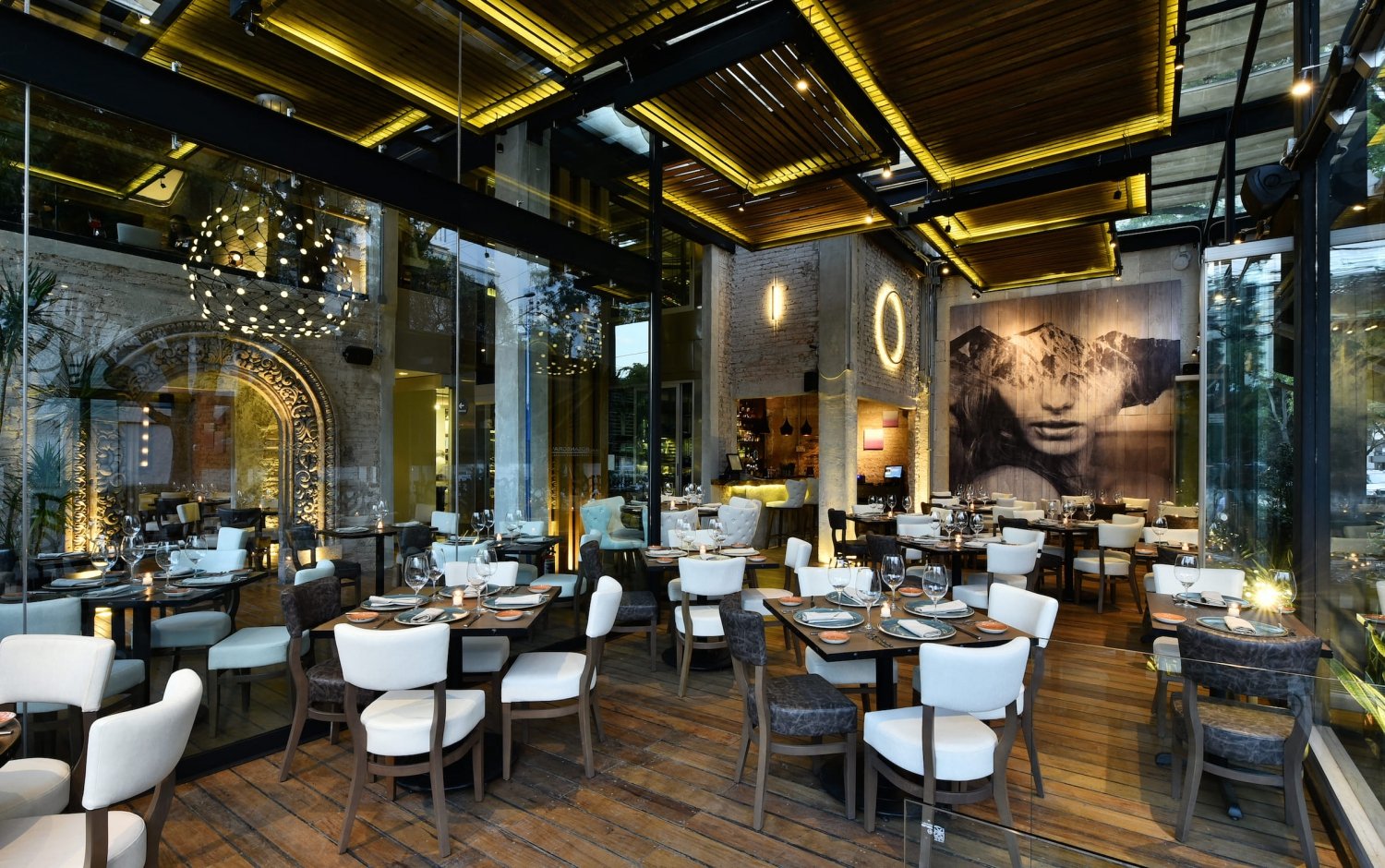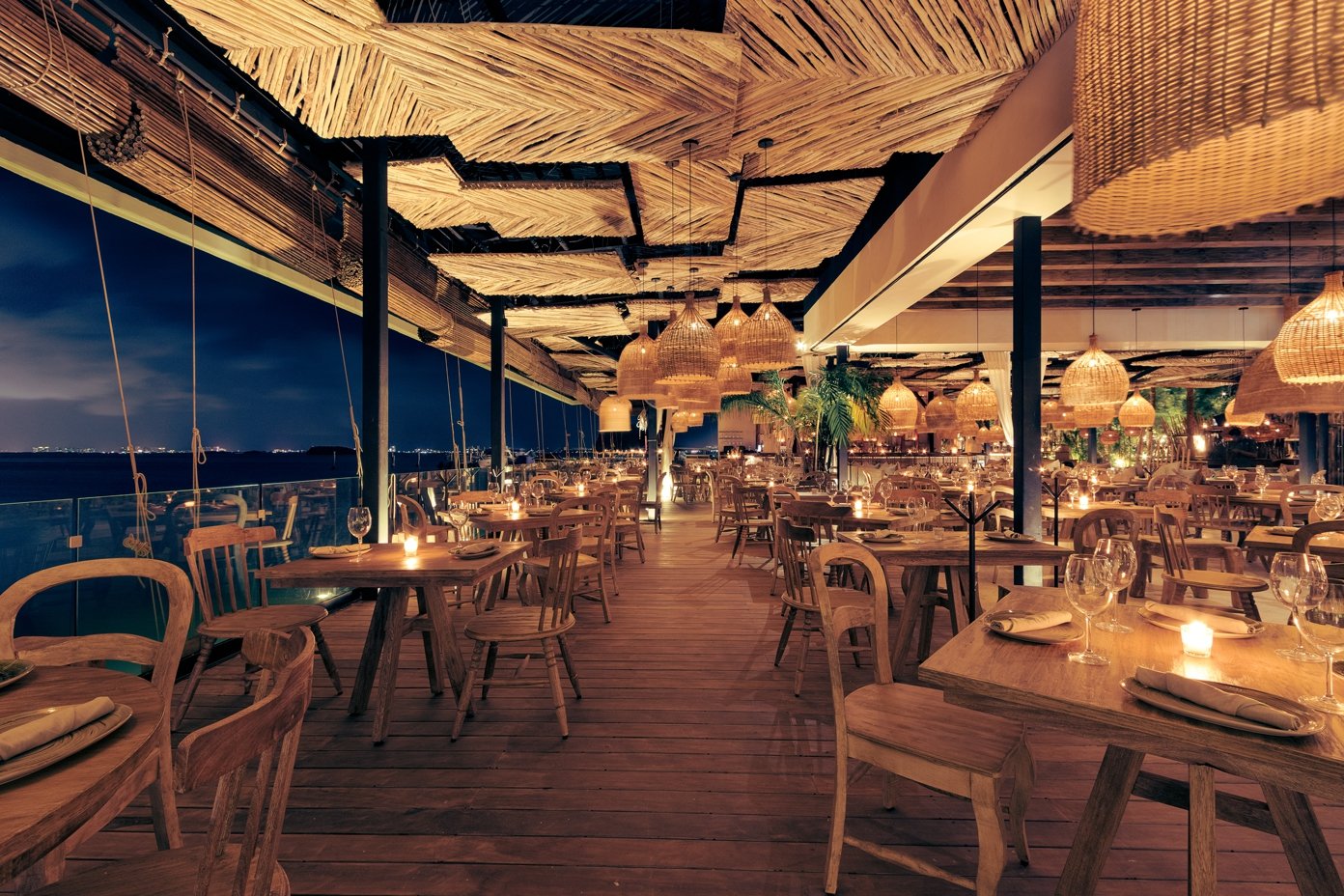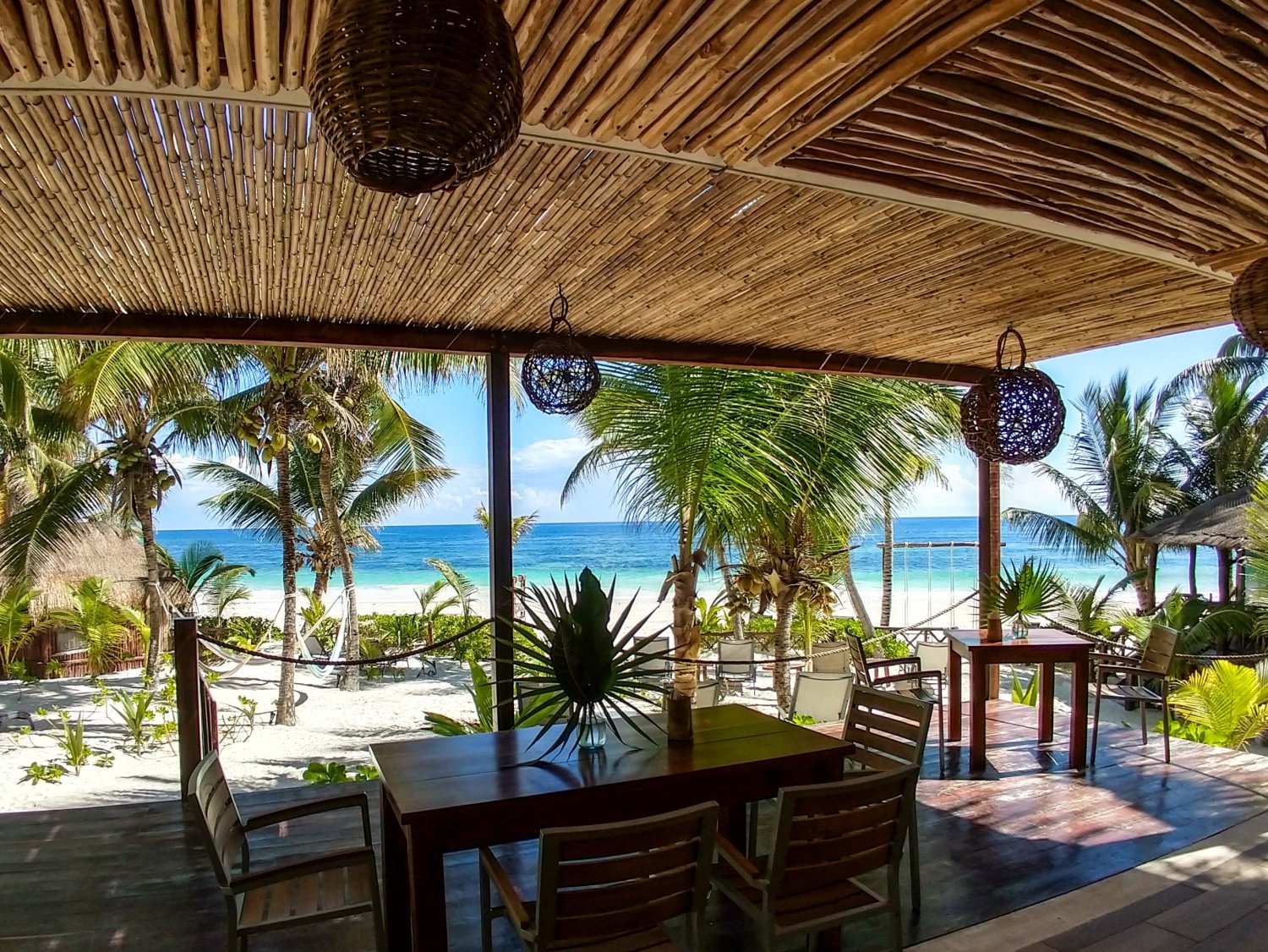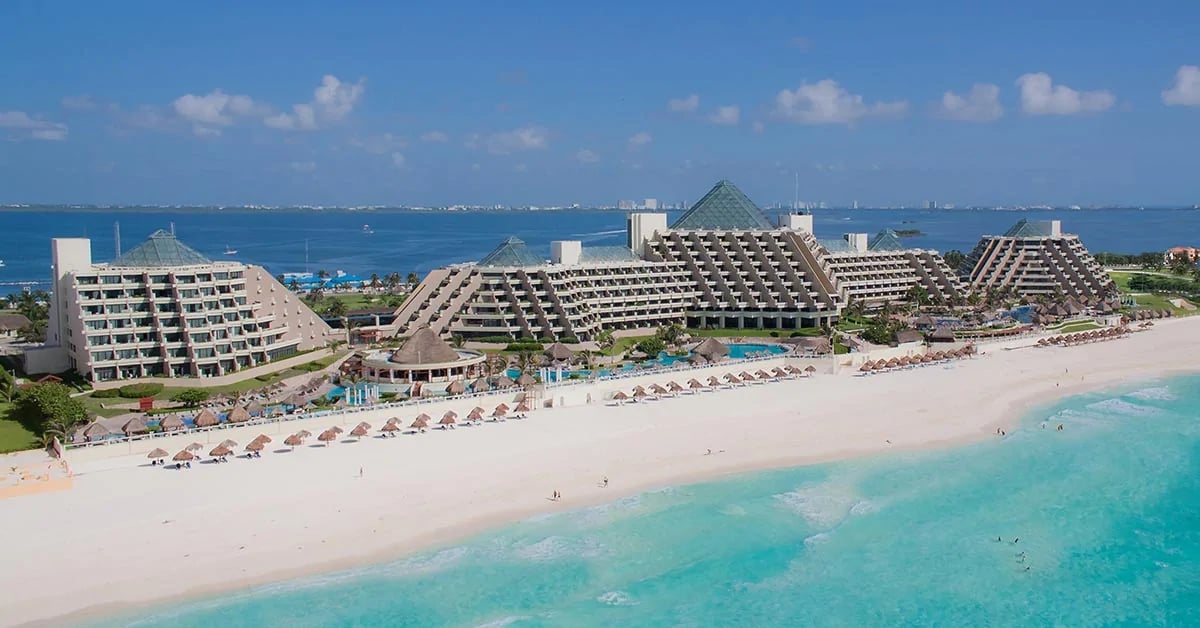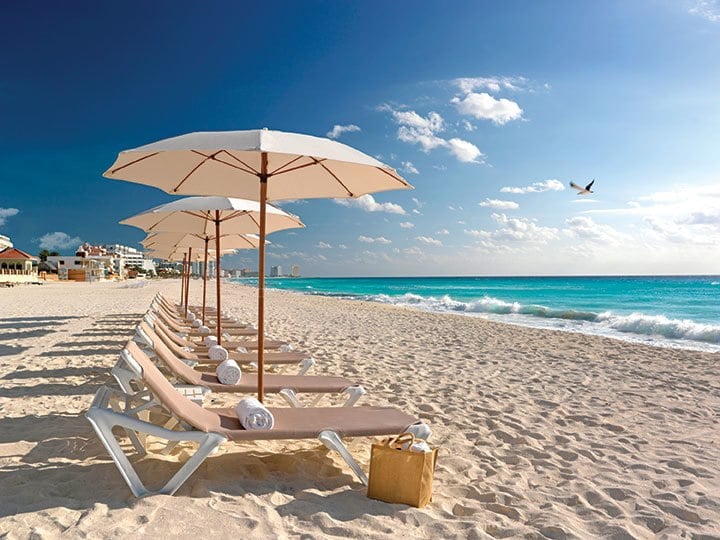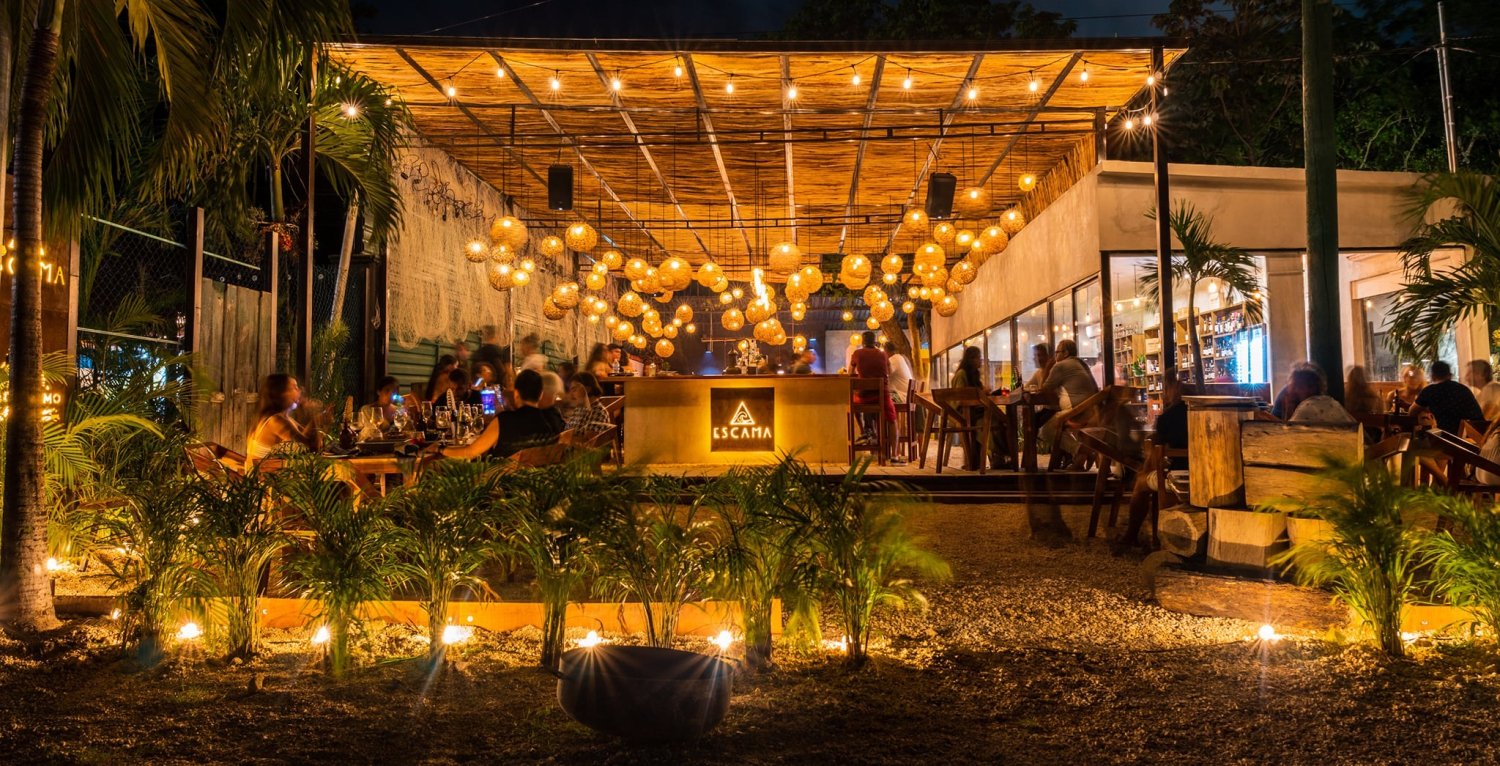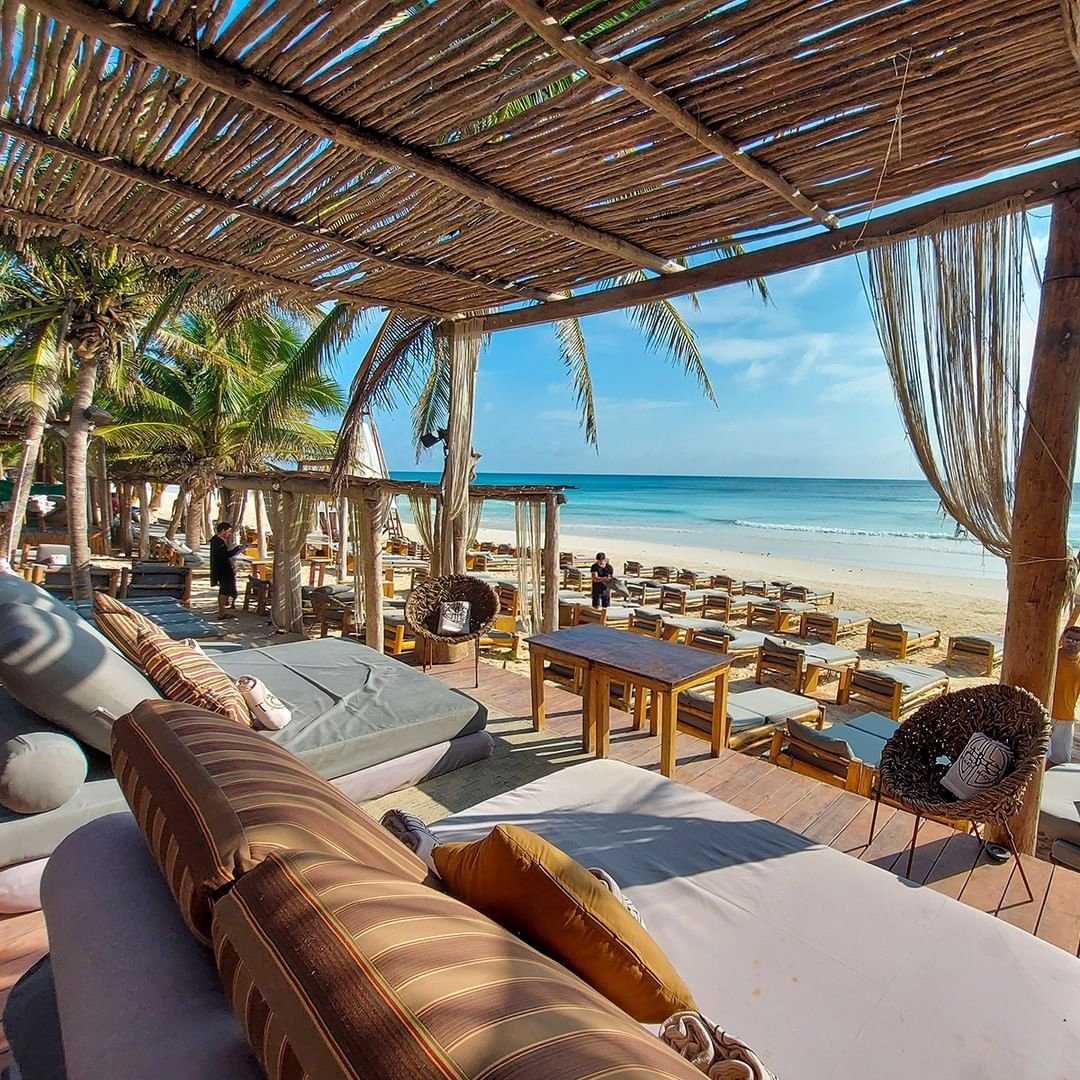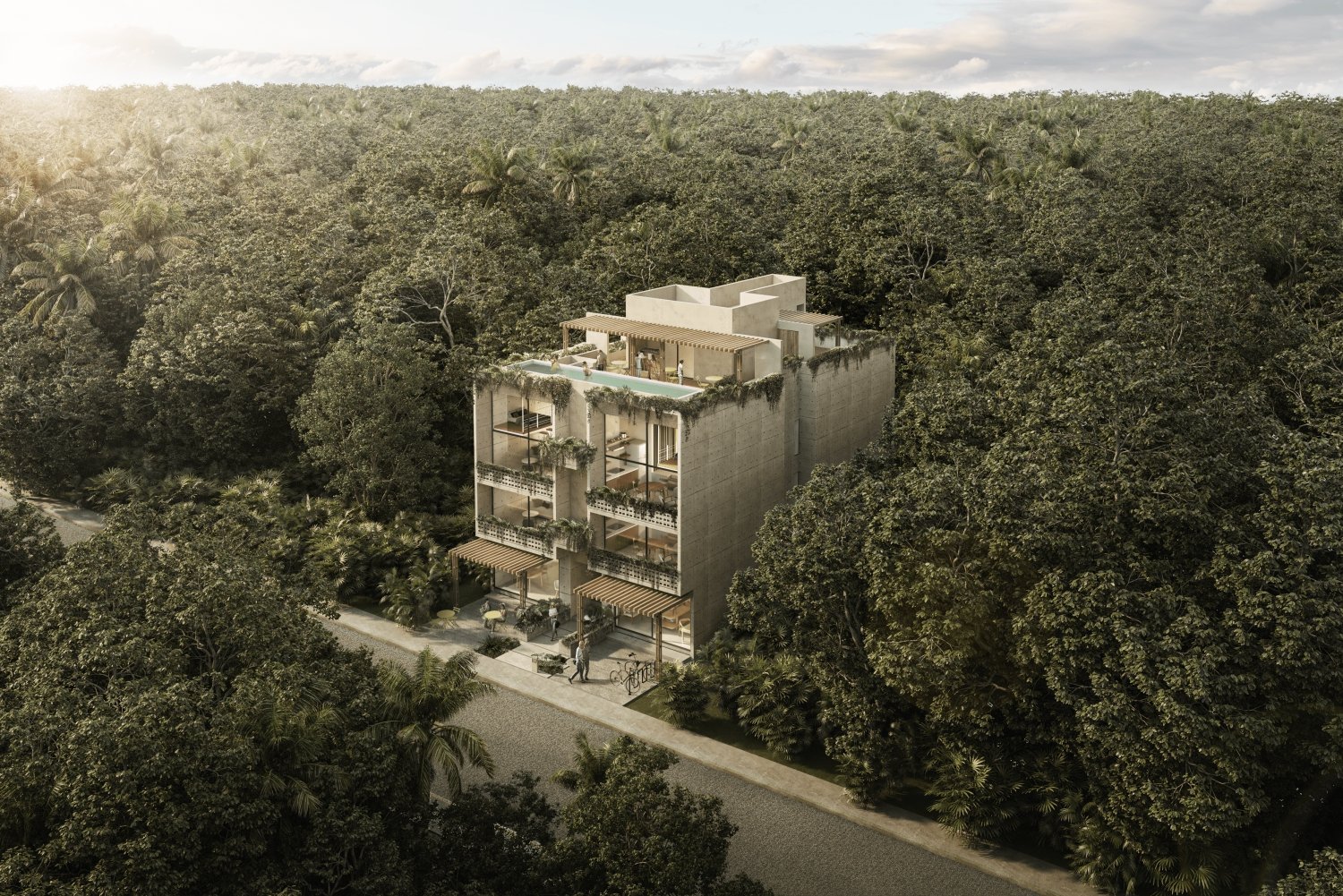Archaeological Zone of Monte Alban
It was one of the most important cities in Mesoamerica. It was founded in 500 BC on the top of a mountain in the center of the Central Valleys of Oaxaca and functioned as the capital of the Zapotecs from the beginning of our era until 800 AD. At its time of greatest development, Monte Albán had about 35,000 inhabitants, most of whom lived on the terraced slopes of the mountain dedicated to agriculture. For the Classic period, its links with Teotihuacán are notorious. In Monte Albán the Teotihuacan influence can be seen in its architecture, ceramics, and mural painting among other aspects.
At the end of the Early Classic, the link with Teotihuacán is broken and the Zapotec territorial political organization reaches the highest level of development but also of social inequality (González Licón 2011). For the Postclassic, the power of Monte Albán as the hegemonic city was totally lost, and the cities of the central valleys are influenced by the advent of Mixtec groups. Monte Albán is no exception, appreciating this influence in the famous tomb 7 discovered by Alfonso Caso in 1932.
The
archaeological zone of Monte Albán was declared by UNESCO together with the Historic Center of the City of Oaxaca as Cultural Heritage of Humanity. December 11, 1987. The INAH protected area encompasses an enveloping polygonal area of 2,078 hectares, encompassing the municipalities of Santa Cruz Xoxocotlán, Oaxaca de Juárez, Santa María Atzompa, and San Pedro Ixtlahuaca.
Access:
Monte Albán is located 8 kilometers west of the city of Oaxaca de Juárez. Starting from this point, take the road to San Pedro Ixtlahuaca, immediately you can see the sign indicating the newly paved road 'Dr. Ignacio Bernal ”, which after crossing the Atoyac river goes directly to the archaeological zone. From the intersection with this new access you can go to the town of Atzompa. The old road, narrower, curved, and slow, leaves the highway to Xoxocotlán and Zaachila, crossing the Atoyac by the Porfirio Díaz bridge, south of the city. The roads are known as 'old road' and 'new road'.



